Commentary
B.
Bulletin
New Zealand's leading
gallery magazine
Latest Issue
B.21701 Sep 2024
Contributors

Commentary
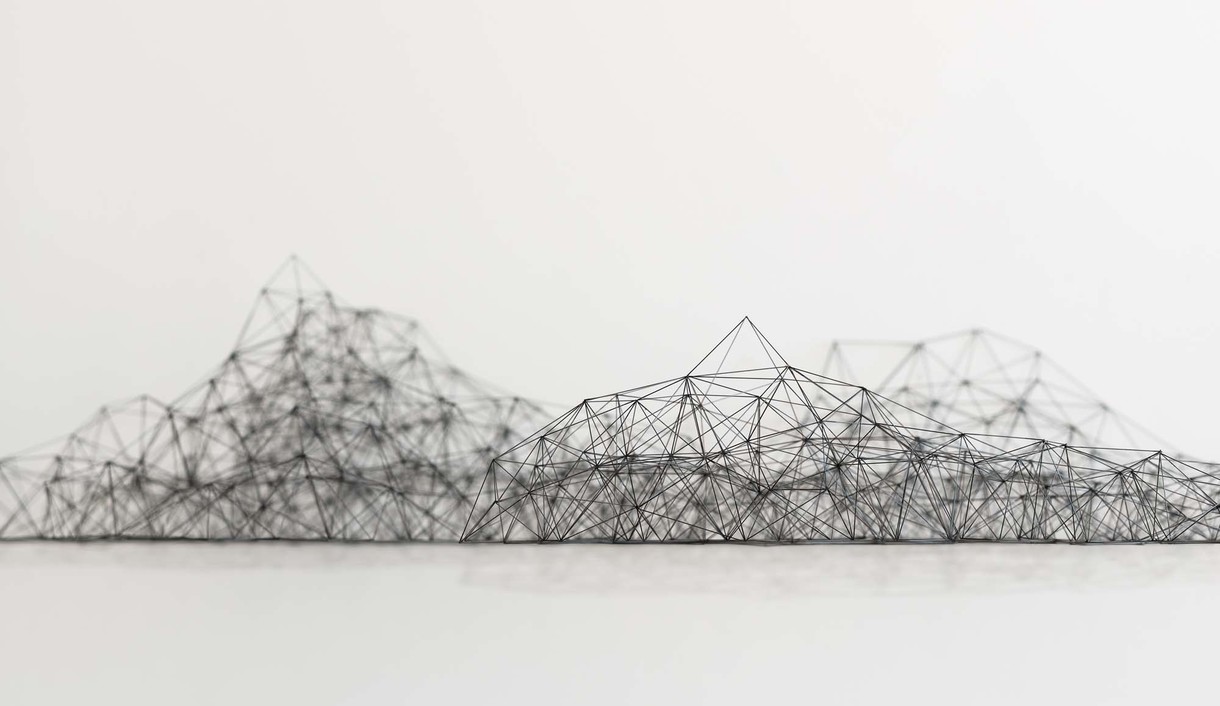
Above Ground
I go into the Gallery. Haven’t been there in a while. Building closed. It was open to begin with. Civil Defence HQ in the weeks following the shock that laid the city low and who knew glass could be so strong, so resilient? Then the Gallery closed. It was cordoned off, behind wire netting. Something was going on in there. Someone said something had cracked in the basement. Someone said they needed to insert a layer of bouncy forgiving rubber beneath glass and concrete, ready for any future slapdown.
Commentary
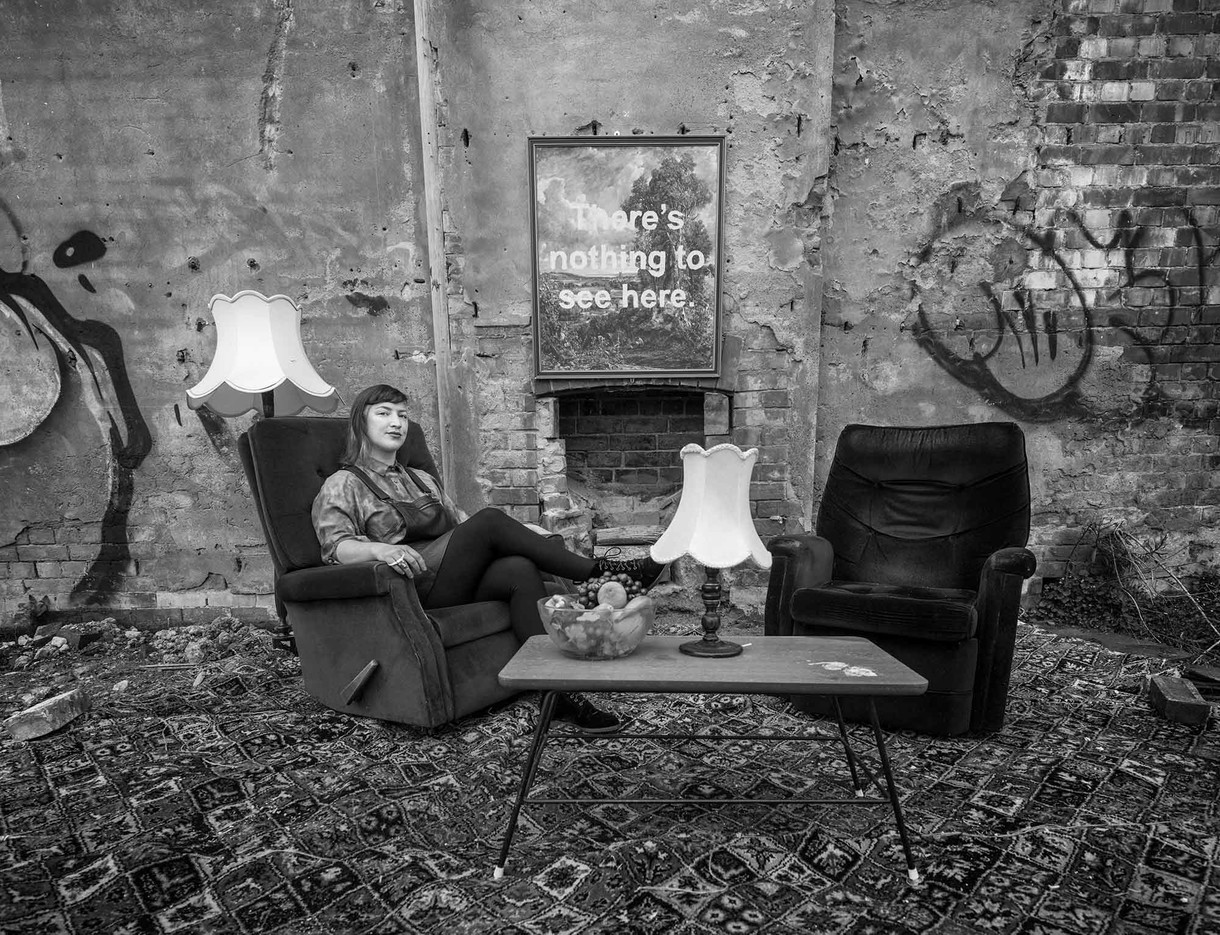
The hungry gap
We invited artists, academics, city makers, curators, health specialists and gallerists to comment on the challenges and opportunities for the arts in our city and what art can contribute to the future of Christchurch.
Commentary

A comfort for the soul
Six private collectors talk about what motivates them to collect art, what their collections say about them, and when they first realised they were collectors.
Commentary

Radical freedoms
The recent furore around Eleanor Catton's comments in the wake of the NZ Post Book Awards, and the tone of the subsequent debate that ensued, has prompted us to think again about the role of the public intellectual in New Zealand. In our role as visual archivists of this city, and this country, critical reflections on the contemporary are something we frequently expect of artists. But to what degree do artists exercise their individual freedom to radically question community values? And who claims this role for artists and in what situations?
Commentary
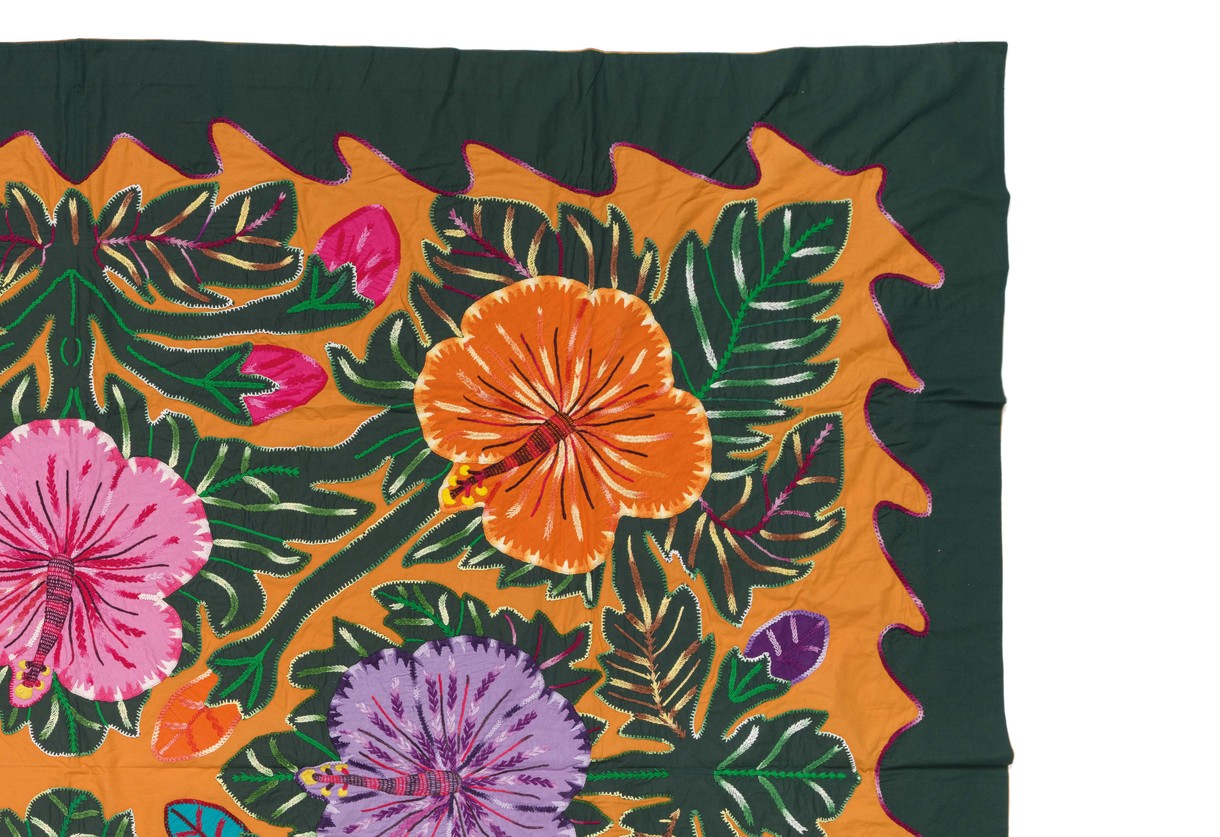
Looking After Your Taonga
How do you care for textile-based artworks if you have them at home? Bulletin asked some experts for their tips and advice.
Commentary
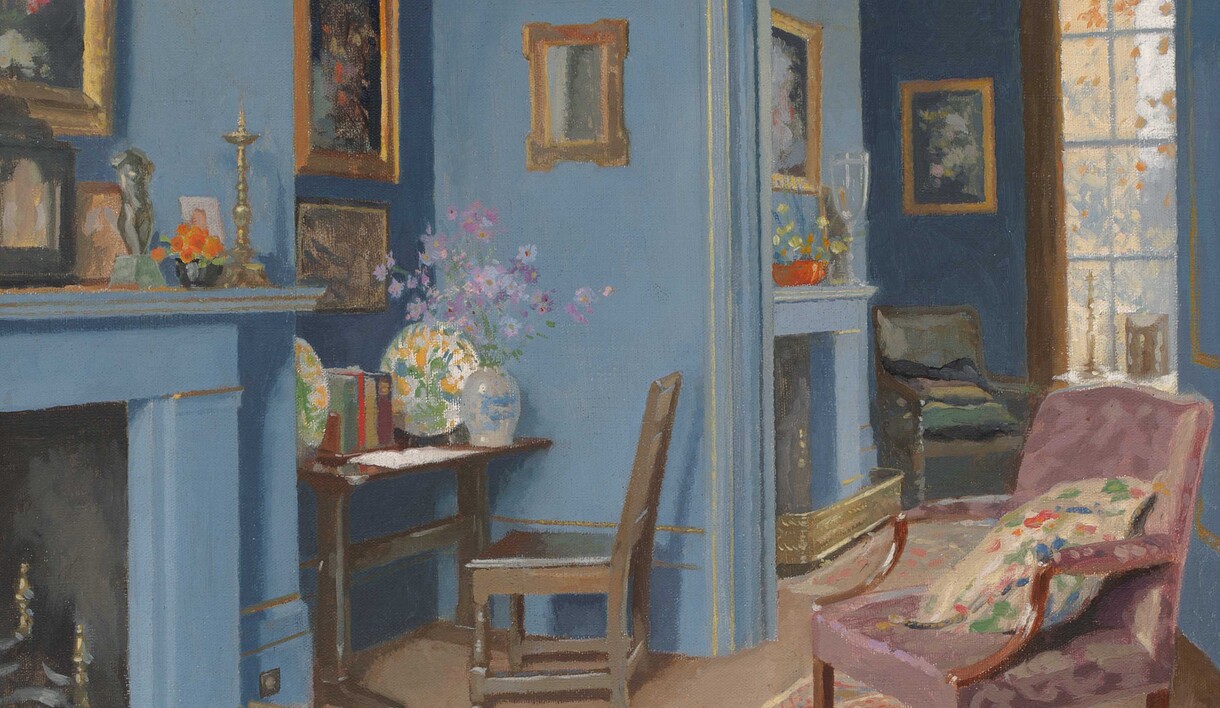
Safe Houses, Comfort Zones
In an age of crisis and pandemic, our basic human need to remain safe has seen living spaces transformed into protection zones and shells to pull back into. So it is perhaps unsurprising to see pictures of domestic interiors charging up differently, re-emerging as sites of refuge, confinement and familiar disarray. Here curator Ken Hall looks at two works from the exhibition Persistent Encounters.
Commentary
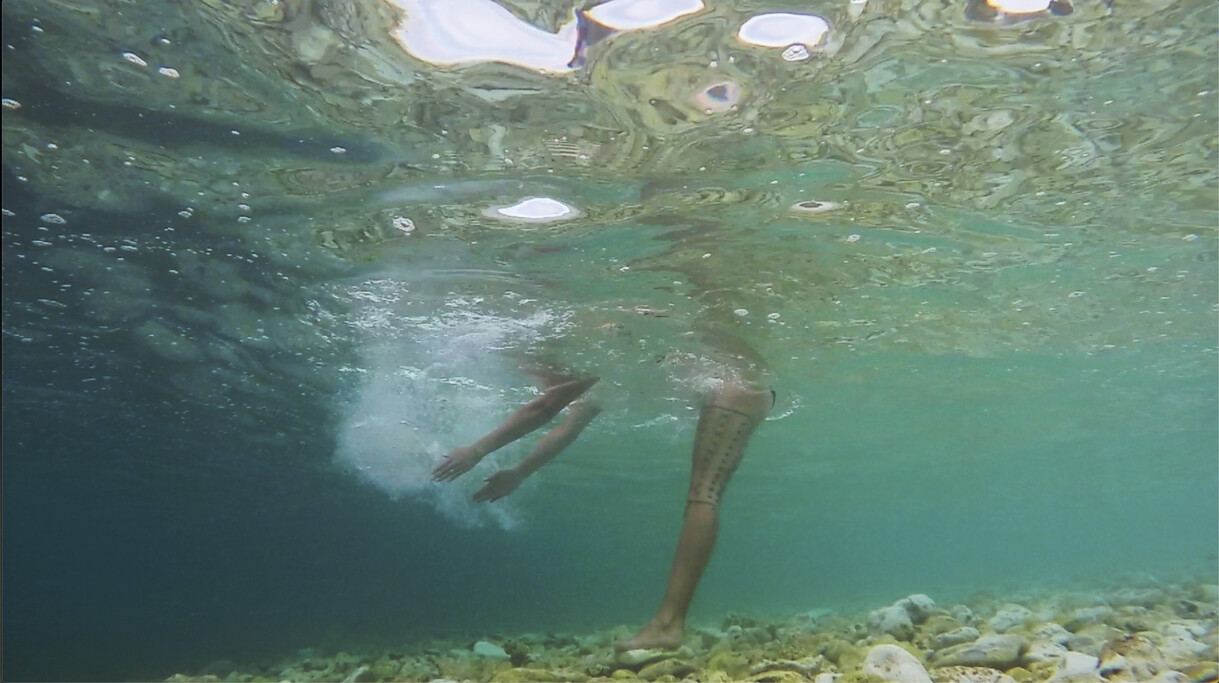
Te Wheke: Pathways Across Oceania
Every few years, the curatorial team at Christchurch Art Gallery Te Puna o Waiwhetū embarks on a major rehang of the first-floor collection area. It’s no small undertaking finding fresh ways to combine long-held, well-known works and new acquisitions, looking for combinations that will offer compelling viewing, immersive storytelling and intellectual engagement to our wide and evolving visitor base. This time, director Blair Jackson added another dimension to our task, challenging us to reimagine the physical orientation of the spaces to encourage visitors to interact with the architecture in a completely different way.
Commentary

Curating Oceania
The idea for an exhibition of Oceanic art originated from the Royal Academy itself, proposed in 2012 by its then artistic director Kathleen Soriano, an Australian. The exhibition was imagined to fit within the Academy’s occasional programme of ‘civilisation’ or ‘world art’ exhibitions, inaugurated in 1996 with the ground-breaking Africa: Art of a Continent, and followed by exhibitions such as Aztecs (2002), China (2005), Byzantium (2009) and others. These exhibitions sat among the gallery’s more usual fare of historical European, modern and contemporary art.
Commentary

Post Hoc
It is mid-summer in Venice, and the pervasive cacophony of cicada song cuts through the heat and oppressive humidity. New Zealand’s presence at the 58th International Art Exhibition – La Biennale di Venezia is housed within the former headquarters of the Instituto di Scienze Marine, the Palazzina Canonica. Located on the Riva dei Sette Martiri, on the southern edge of the island, it is only a few hundred metres to the entrance of the Biennale’s Giardini, with its permanent national pavilions.
Commentary

Raising a Glass
Bill Culbert died aged 84 on 28 March this year at his home in the Vaucluse region of Provence. Built from dilapidated farm buildings on a small hilltop at a deserted hamlet called Croagnes, it’s a home that he and his wife Pip began to establish in 1961. Then, the region was a sparsely populated economic backwater – the Culberts bought the hilltop buildings for just £100. In the valleys and on the surrounding slopes were a few small vineyards and farms. A 1962 painting, Gerard Going to Work, shows their neighbour, the farmer Felix Gerard, trudging off down the stony hillside wearing a wide- brimmed hat like the one worn by Vincent van Gogh at Arles.





